A Russian MIL MI26S starts the decontamination process of the Chernobyl disaster site, April
Buran programme. The developers of the Buran space vehicle programme considered using Mi-26 helicopters to "bundle" lift components for the Buran spacecraft, but test flights with a mock-up showed this to be risky and impractical.. Chernobyl accident. The Mi-26S was a disaster response version hastily developed during the containment efforts of the Chernobyl nuclear accident in 1986.

Chernobyl Nuclear Disaster in Ukraine
Mil Mi-26 dropping sand mixture at Chernobyl, 1987. The OKB Mil Design Bureau's Mi-26 is the world's largest helicopter. It is a twin-engine, single main rotor/tail rotor helicopter with fixed tricycle landing gear. It is normally operated by two pilots, a navigator, flight engineer and flight technician, and can carry as many as 90.

Chernobyl Helicopter High Resolution Stock Photography and Images Alamy
13 Chernobyl Europe Place 6 comments Add a Comment [deleted] • 3 yr. ago When I visited Chernobyl in March this year I was told by the power plant guide that it was concreted over when the original sarcophagus was put up as it was too highly radiated to remove it.

Chernobyl 1986
The Chernobyl disaster [a] began on 26 April 1986 with the explosion of the No. 4 reactor of the Chernobyl Nuclear Power Plant, near the city of Pripyat in the north of the Ukrainian SSR, close to the border with the Byelorussian SSR, in the Soviet Union. [1]

A Soviet helicopter works to decontaminate Chernobyl. It's a Mi26 heavy lift cargo helicopter
The Mi-26, which was seen in public for the first time at the 1981 Paris Air Show, is the result of a specification issued at the beginning of the seventies for a transport helicopter whose empty weight, without fuel, was not to exceed half the maximum take-off weight. It first flew on 14 December 1977 and has two very powerful turbine engines.

Mil Mi 26 Imágenes Taringa!
Hear about the April 1986 disaster at the Chernobyl nuclear power station and the catastrophe caused by the escaping radiation. Learn about the Chernobyl disaster and its wide-ranging repercussions in this video. (more) See all videos for this article. The disaster occurred on April 25-26, 1986, when technicians at reactor Unit 4 attempted a.

Mil Mi 26 Imágenes Taringa!
The Mi-26 is employed in the industrial sector to transport materials and help with construction - it's even used to fight fires. It was also called upon to rescue people following the Chernobyl.
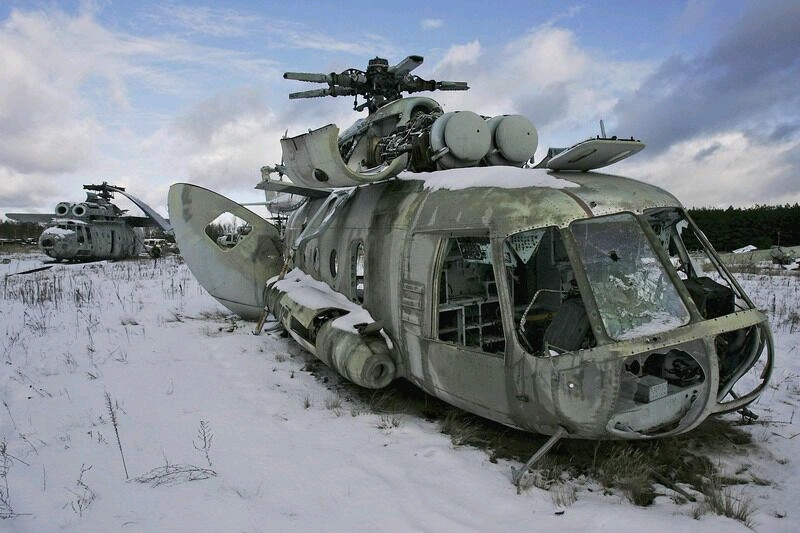
切尔诺贝利上空的米里直升机英雄 哔哩哔哩
This equipment gave the Mi-26 the edge over the Mi-6, as the former could be hovered over the crater for longer, executing drop loads with a 100% success rate. The Mi-6s could not hover and.
Summer 1986. Mi26 helicopter spraying a sticky decontamination liquid called “Bourda” r/chernobyl
The World's Largest Helicopter in Service The basic Mi-26, the "Halo-A", has no offensive weapons but it does have a variety of defensive countermeasures, mostly infrared decoying for heat-seeking missiles. It can carry two armored military vehicles or 90 light combat troops.
Mil Mi 26 Imágenes Taringa!
The Mi-26 was designed to replace earlier Mi-6 and Mi-12 heavy lift helicopters and act as a heavy-lift helicopter for military and civil use,. Chernobyl accident. The Mi-26S was a disaster response version hastily developed during the containment efforts of the Chernobyl nuclear accident in 1986.
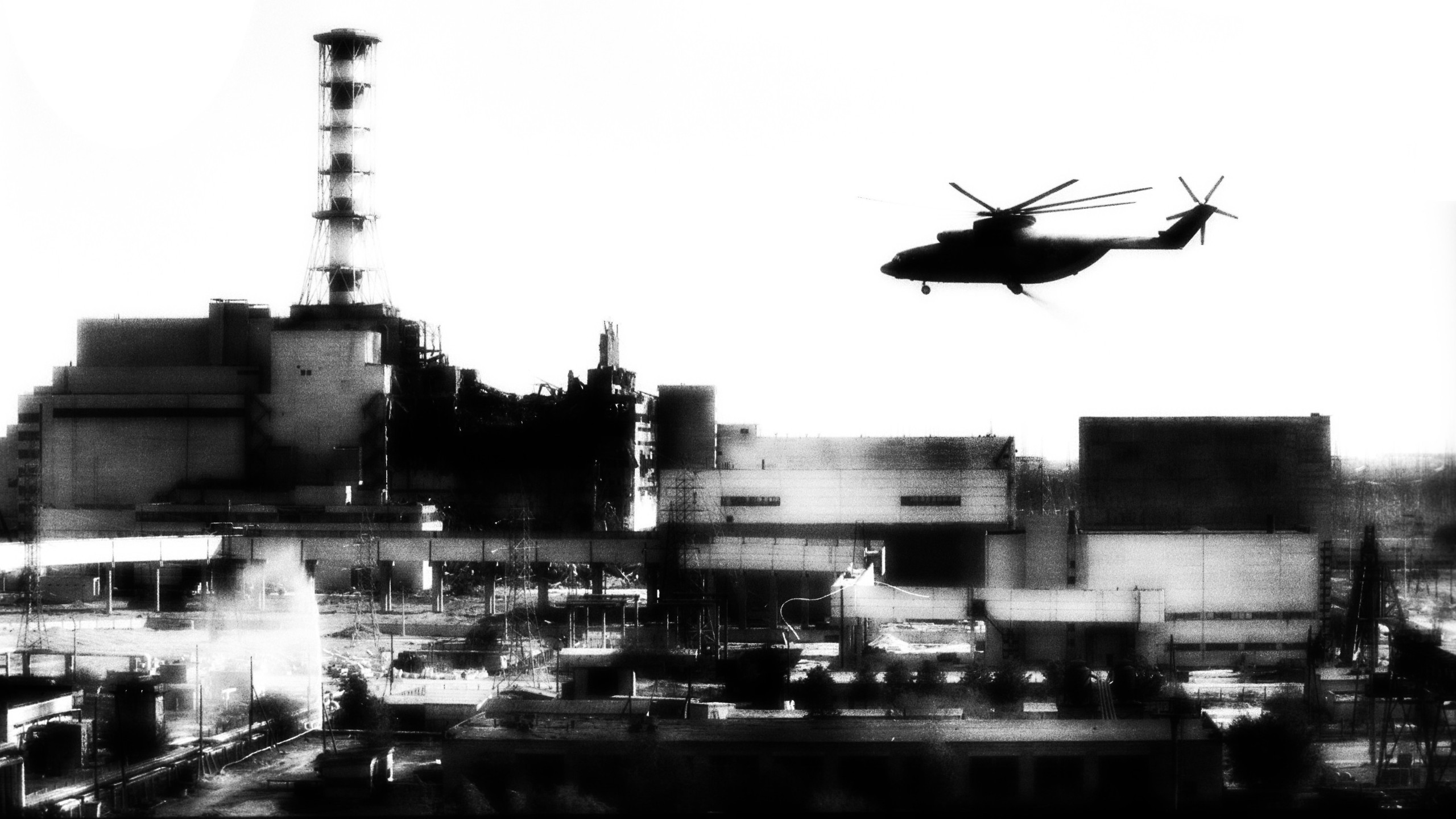
military, Aircraft, Military Aircraft, Helicopters, Chernobyl, Mil Mi 26 Wallpapers HD / Desktop
The Mi-26 showed itself to be an exclusively reliable and high-performance helicopter, so plans were made to develop a civilian version.. In 1986, the helicopters were used in the aftermath of the Chernobyl accident. Later, a new modification of the Mi-26T was developed to significantly increase its commercial value. In February 1996, at the.

Mil Mi 26 Imágenes Taringa!
The Mil Mi-26 (Russian: Миль Ми-26, NATO reporting name: Halo) is a Soviet / Russian heavy transport helicopter. Its product code is Izdeliye 90. Operated by both military and civilian operators, it is the largest helicopter to have gone into serial production. [a] Design and development

Reportage Mil MI 26 T
Chernobyl was chosen as the site of Ukraine's first nuclear power plant in 1972, located 15 kilometres (9 mi) north of the city, which opened in 1977. Chernobyl was evacuated on 5 May 1986, nine days after a catastrophic nuclear disaster at the plant, which was the largest nuclear disaster in history.
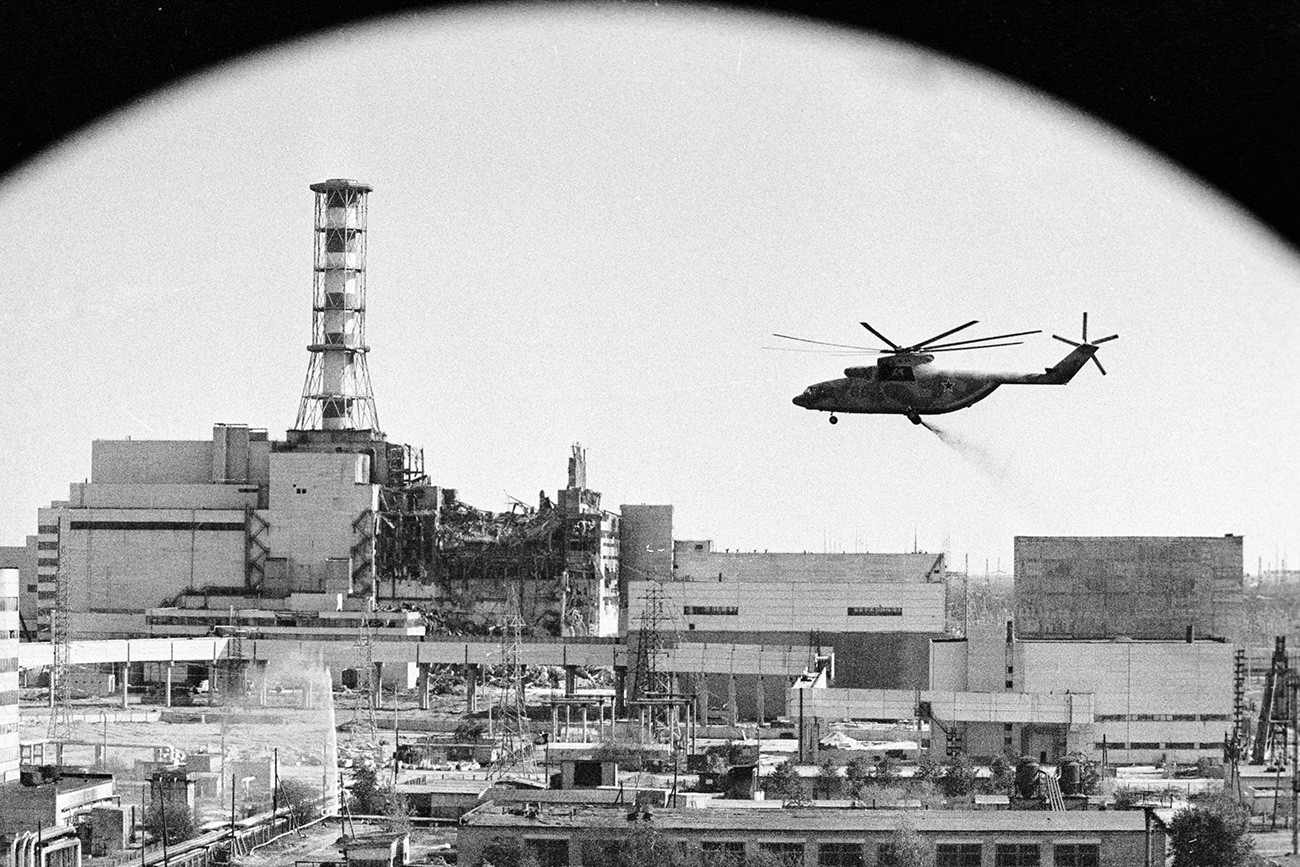
7 cosas que (probablemente) no sabías del Mi26, helicóptero gigante ruso Russia Beyond ES
Soviet Mi-8 and Mi-26 operations after Chernobyl nuclear accident Historical helicopters videos archives 1.38K subscribers Subscribe Subscribed 116 Share 24K views 4 years ago April 1986,.

Mil Mi 26 Imágenes Taringa!
A Mil Mi-26 flies over Chernobyl complex, April 1986. Grischenko suffered from radiation poisoning and later, leukemia. Four years later, Grischenko, along with his wife Galina, were brought to the Fred Hutchinson Cancer Research Center, in Seattle, Washington, for medical treatment, on 11 April 1990.
Chernobyl in the background, Mi26 helicopter in the foreground EngineeringPorn
Giant Mi-26: records and Chernobyl diary Soviet "heavyweight" Mi-26 . Despite a rather long trial period and the state acceptance procedure, the first production Mi-26 had flaws.